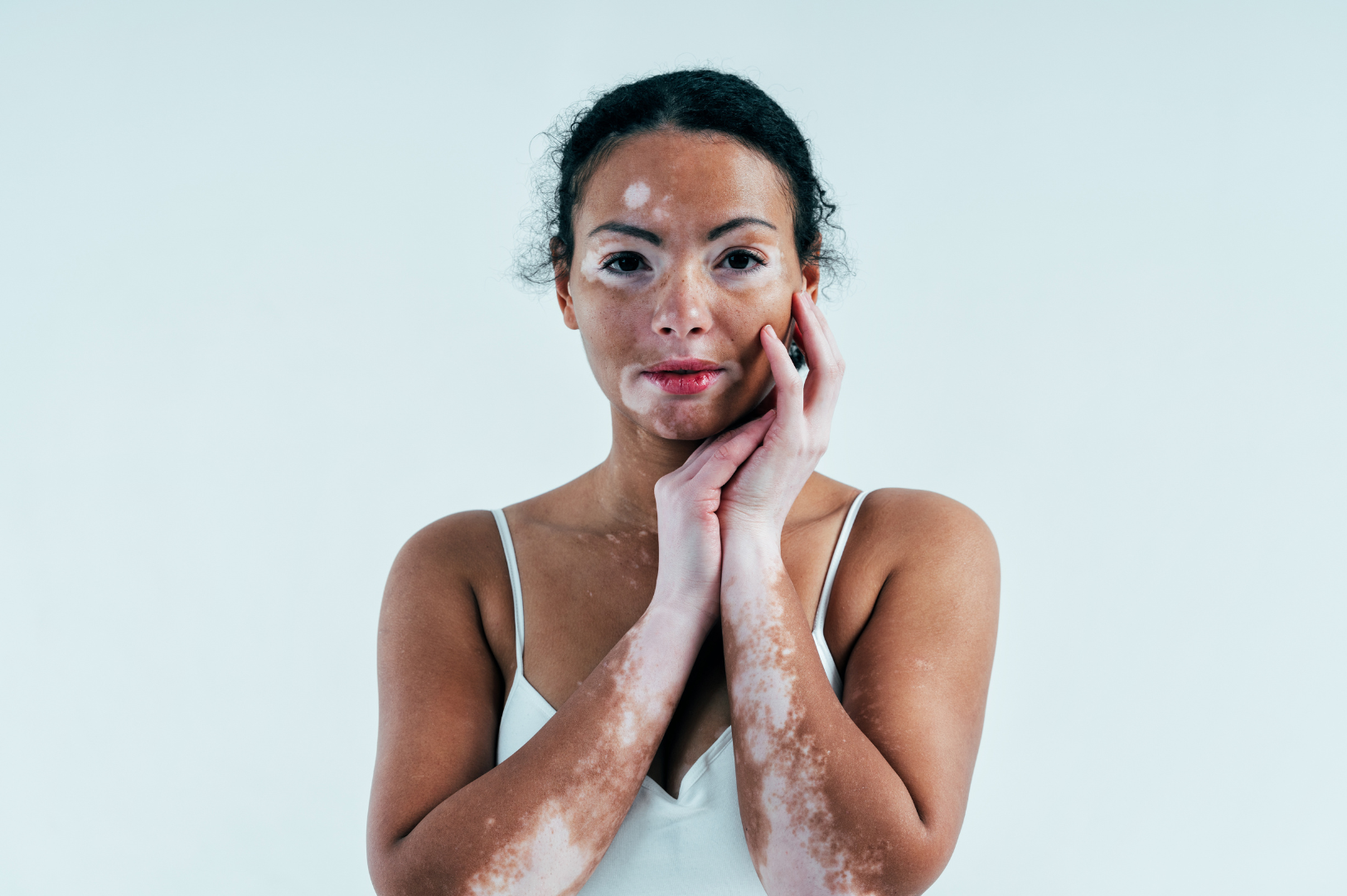
You may have seen people with skin patches lighter than their natural skin and wondered what it is. What you notice is a skin condition known as "Vitiligo," where people are referred to as "colorful"! This is due to the loss of pigmentation (melanin) resulting from an abnormal destruction of melanocytes (melanin-forming cells). It causes discolored spots and patches on your skin on any part of your body. As an autoimmune condition, several risk factors could be involved in developing vitiligo. Though there is no cure, treatment options like light therapy and cosmetic procedures can help regain pigment. Vitiligo can negatively impact your psychological well-being, and the journey of self-acceptance can be long and difficult, especially in a world that equates beauty with uniformity.
Learn about vitiligo, its types, causes, risk factors, symptoms, diagnosis, and treatment to understand the condition better!
Vitiligo is an autoimmune skin condition (when your body's immune system mistakenly attacks healthy cells) characterized by loss of pigmentation. This often appears as white scattered areas over your body, including your face, eyes, and mouth. Areas of your skin that lose pigmentation are macules (if less than 1 cm wide) or patches (if larger than 1 cm).
Although vitiligo can develop at any stage, affecting any gender or race, it is apparent in people with darker skin and before age 30.
According to the American Academy of Dermatology, there are several types of vitiligo based on the location and extent of the patches or macules. These include:
This occurs on your face, scalp, genitals, fingers, or toes.
These patches or macules appear around your lips and mucous membranes.
GeneralizedThe patches are scattered on different areas of your body without any specific size.
This is a rare type of vitiligo where the depigmented patches cover most of the body.
You may have both non-segmental and segmental vitiligo.
Vitiligo in scientific terms is caused by an abnormal destruction of melanocytes, resulting in a lack of pigmentation (depigmentation). While the exact cause of Vitiligo is still not fully understood, but several risk factors are believed to contribute to this conditions, they are as follows:
The most obvious and classic sign of vitiligo is having painless white or pale patches on your skin. The white areas have a clear border without any signs of inflammation.
Some may experience the following symptoms:
Vitiligo often negatively impacts your psychological well-being, resulting in the following:
Vitiligo can be a cause of concern, often due to cosmetic reasons. However, it may cause complications like:
Your dermatologist (a doctor specializing in the diagnosis and treatment of conditions related to the skin, hair, or nails) can accurately diagnose vitiligo by:
Unless vitiligo leads to cosmetic concerns, treatment is generally not required. However, your doctor may recommend the following treatment options:
Certain drugs slow the speed of pigmentation loss or help melanocytes regrow.
These include:
Vitiligo is an autoimmune skin condition that leads to scattered, painless white or pale patches on your skin. You do not require any treatment since vitiligo is not dangerous. However, if the patches are taking a toll on your appearance and psychological well-being, reach out to your dermatologist for further evaluation. There is no cure for vitiligo, but treatment can help you feel comfortable, and counseling can help you cope with the condition.